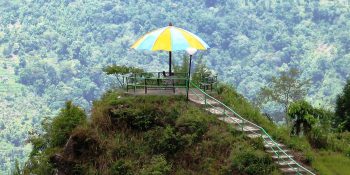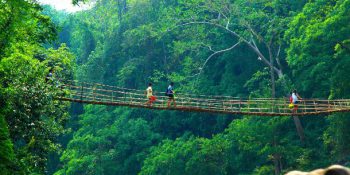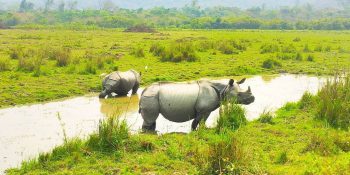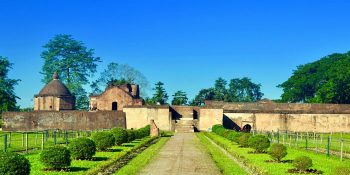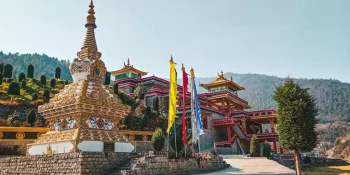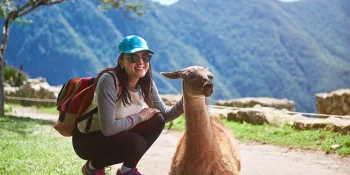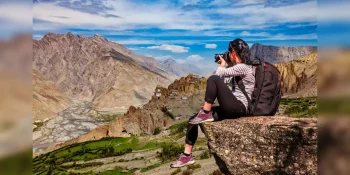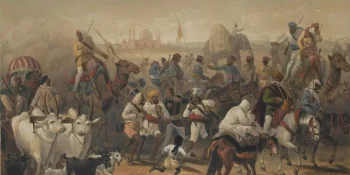Gujarat, a vibrant state in western India, is a melting pot of cultural diversity, where tradition and modernity coexist harmoniously. Its rich heritage is a mosaic of various influences, shaped by centuries of history, migration, trade, and conquests. From its colorful festivals to its diverse cuisine and languages, Gujarat is a testament to the unity in diversity that characterizes India.
At the heart of Gujarat’s cultural tapestry lies its festivals. Navratri, a nine-night festival dedicated to the worship of the goddess Durga, is celebrated with unparalleled fervor across the state. The nights are filled with energetic Garba and Dandiya Raas dances, where people come together irrespective of caste, creed, or background to celebrate unity and joy. The festival is a reflection of Gujarat’s spirit of inclusivity and communal harmony.
Gujarat is also renowned for its rich culinary heritage. From the savory flavors of Dhokla, Khandvi, and Fafda to the sweetness of Jalebi and Shrikhand, Gujarati cuisine is a delightful fusion of flavors, textures, and aromas. The state’s vegetarian fare is not only delicious but also reflects its cultural and religious ethos, as many Gujaratis adhere to vegetarianism due to religious beliefs.
Language is another facet of Gujarat’s cultural diversity. Gujarati, an Indo-Aryan language, is the mother tongue of the majority of the state’s population. However, Gujarat is also home to a significant number of speakers of other languages, including Hindi, Sindhi, Marathi, and English. This linguistic diversity adds depth and richness to Gujarat’s cultural landscape, fostering a sense of inclusivity and acceptance.
The architecture of Gujarat is a testament to its rich history and cultural heritage. From the intricate carvings of the stepwells (baolis) of Adalaj and Rani ki Vav to the grandeur of the Sun Temple in Modhera, Gujarat’s architectural marvels showcase the skill and craftsmanship of its artisans through the ages. These structures not only serve as reminders of Gujarat’s glorious past but also as symbols of its enduring cultural legacy.
Gujarat’s cultural diversity is also reflected in its vibrant arts and crafts. The state is famous for its intricate embroidery work, such as the colorful threadwork of Kutch and the mirror work of Bharuch. Patola silk sarees from Patan and Bandhani tie-dye textiles from Jamnagar are coveted for their exquisite craftsmanship and timeless beauty. These traditional crafts not only contribute to Gujarat’s cultural identity but also support local livelihoods and preserve age-old traditions.
Music and dance are integral parts of Gujarat’s cultural fabric. Apart from the lively Garba and Dandiya Raas, the state is home to various folk music and dance forms, such as Bhavai, Raas, and Siddi Dhamal. These art forms not only entertain but also serve as vehicles for storytelling, social commentary, and cultural expression, binding communities together through shared experiences and emotions.
Gujarat’s cultural diversity is further enriched by its religious plurality. The state is home to people of various faiths, including Hinduism, Islam, Jainism, and Christianity, among others. This religious diversity is reflected in the numerous temples, mosques, churches, and shrines that dot the landscape of Gujarat, each with its own architectural style, rituals, and traditions.
In conclusion, Gujarat’s cultural diversity is a source of pride and strength for its people. It is a testament to the state’s rich heritage, resilience, and capacity for adaptation and innovation. From its vibrant festivals and culinary delights to its linguistic plurality and architectural marvels, Gujarat embodies the spirit of unity in diversity, fostering harmony and inclusivity among its people.
